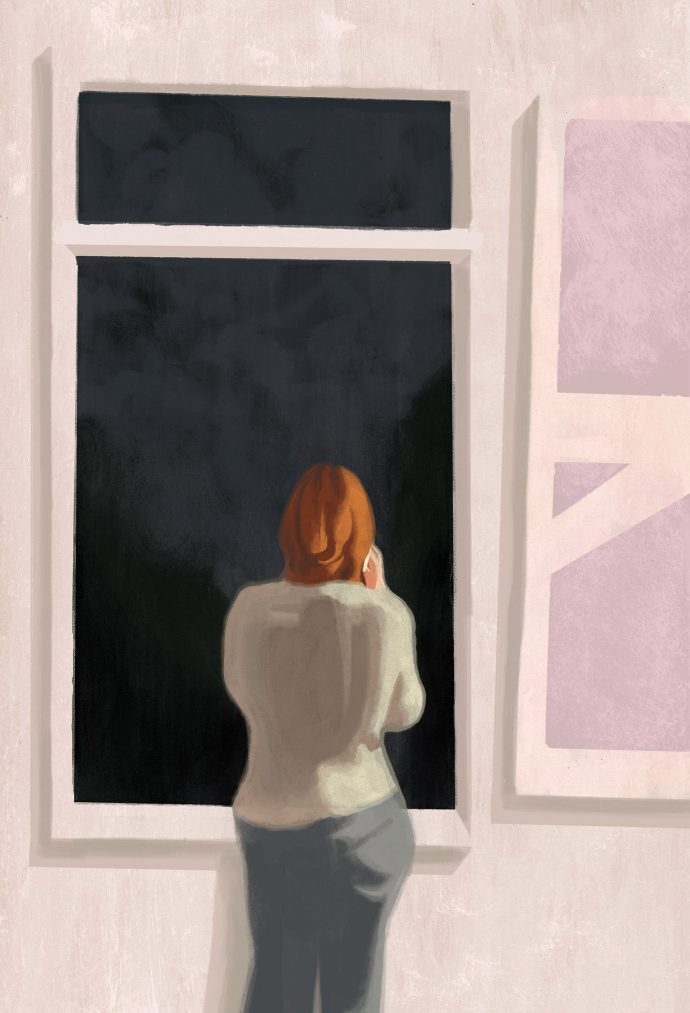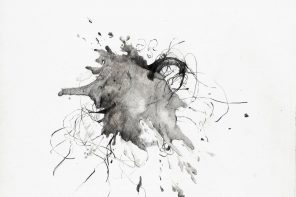The father of the deceased—when interviewed for television—said, with a solitary tear in his stoic eye, that “she didn’t have a wicked bone in her body.” Her passing, as he put it, was part of his god’s greater purpose for her, as if her one hundred percent goodness was wasted here on an imperfect earth. But how did he know that she had no wicked bones? Is it possible, with a long, slender needle, to draw marrow from the bone, subjecting it to scientific scrutiny in order to arrive at such a definite moral conclusion? Or does it require a machine that swallows the body, humming as it sends invisible rays of investigation through even the smallest bone, from metatarsal to stapes, alert for even the merest hint of wickedness?
My lover calls me to absolve herself of wicked thoughts, as if in sharing them they become somehow diluted, belonging to us both. We debate, heatedly, whether the wickedness contained within fills only the little toe she broke three summers ago or whether it has now reached her ankle. Broken bones are a problem. A crack, a fissure, into which wickedness can silently slip and seep, unseen, throughout the body. Do they add up, these wicked thoughts, creating wicked bones from nothing? Or does time erase them? How long does it take for wickedness to spread, to reach the point of no return? And if it is true, as they say, that only the good die young then I will surely live for one hundred years and Satan will outlive anyone’s god. My wickedness is hidden beneath the skin, but occasionally throbs in the scar on my right knee and my slightly crooked, once-broken foot.
Originally from England, Catherine A. Brereton moved to the U.S. in 2008. Her essay, “Trance,” published by SLICE, is listed as a Notable Essay in the Best American Essays of 2015. Her work can be found in Graze, Glitterwolf, and other national and international publications. Catherine is the Editor-in-Chief of Limestone, the University of Kentucky’s literary journal. She is working on a nonfiction manuscript exploring the intersections between her life and D.H. Lawrence’s Lady Chatterley’s Lover.



